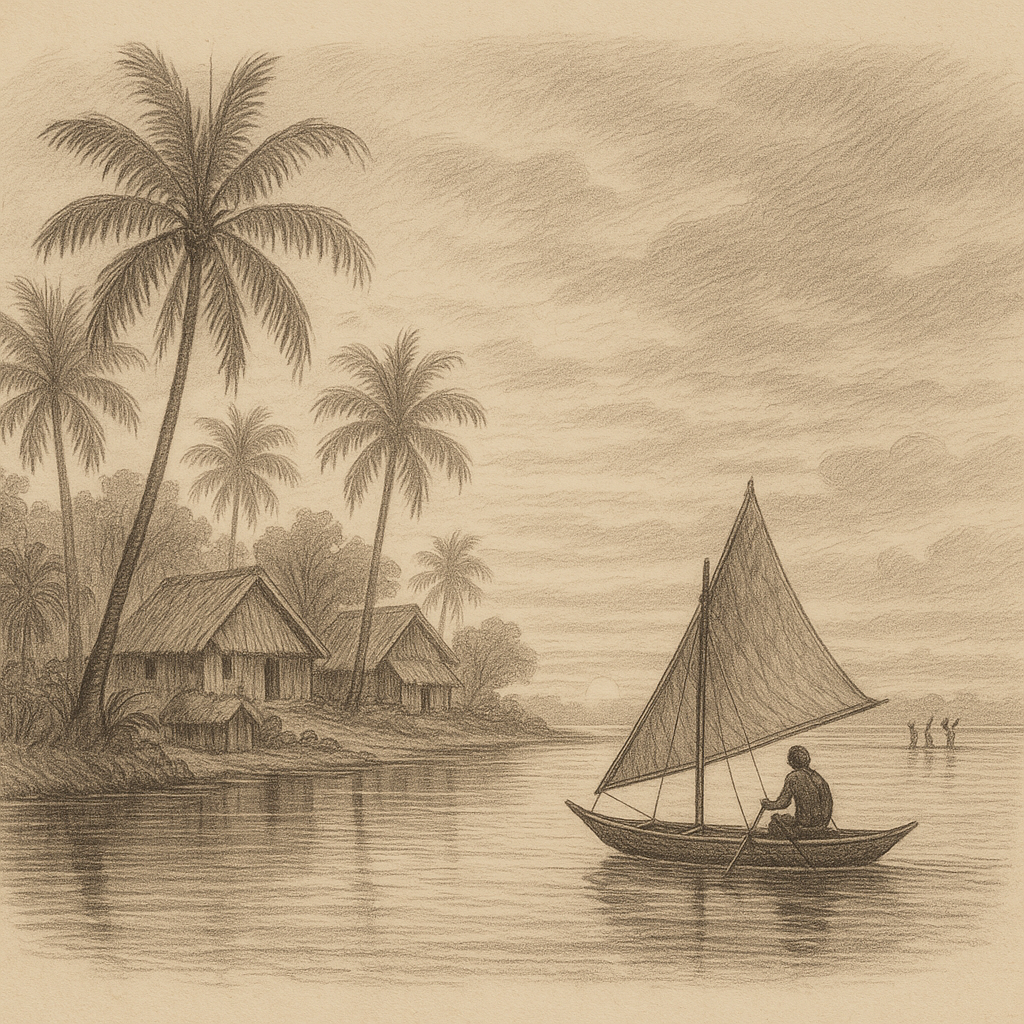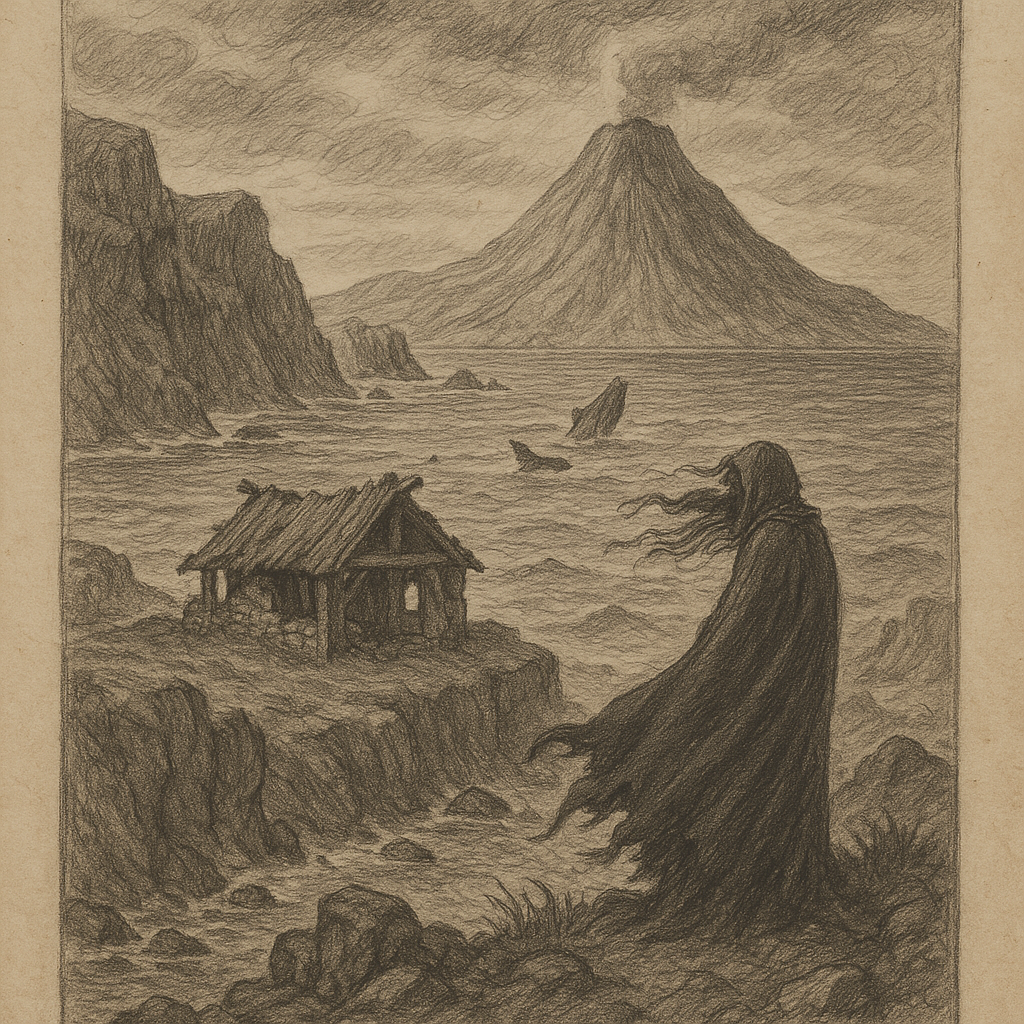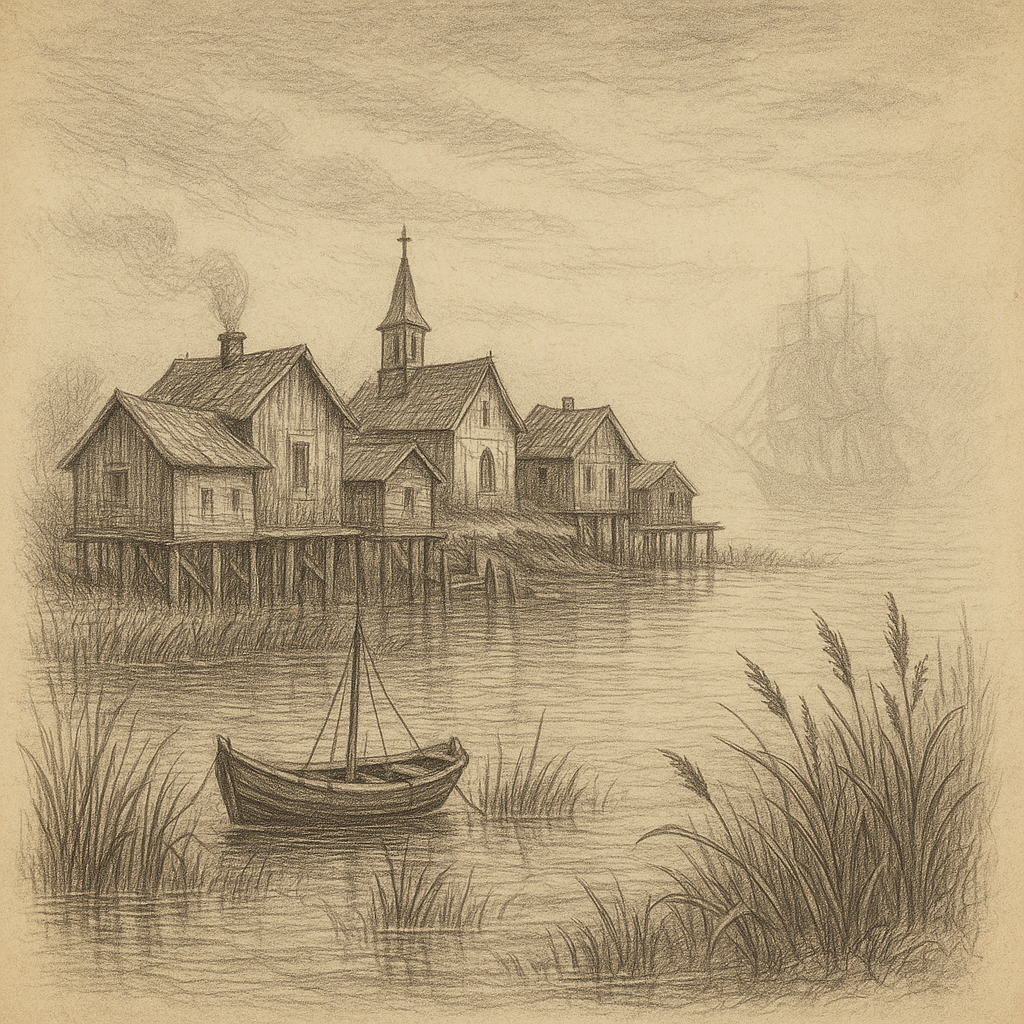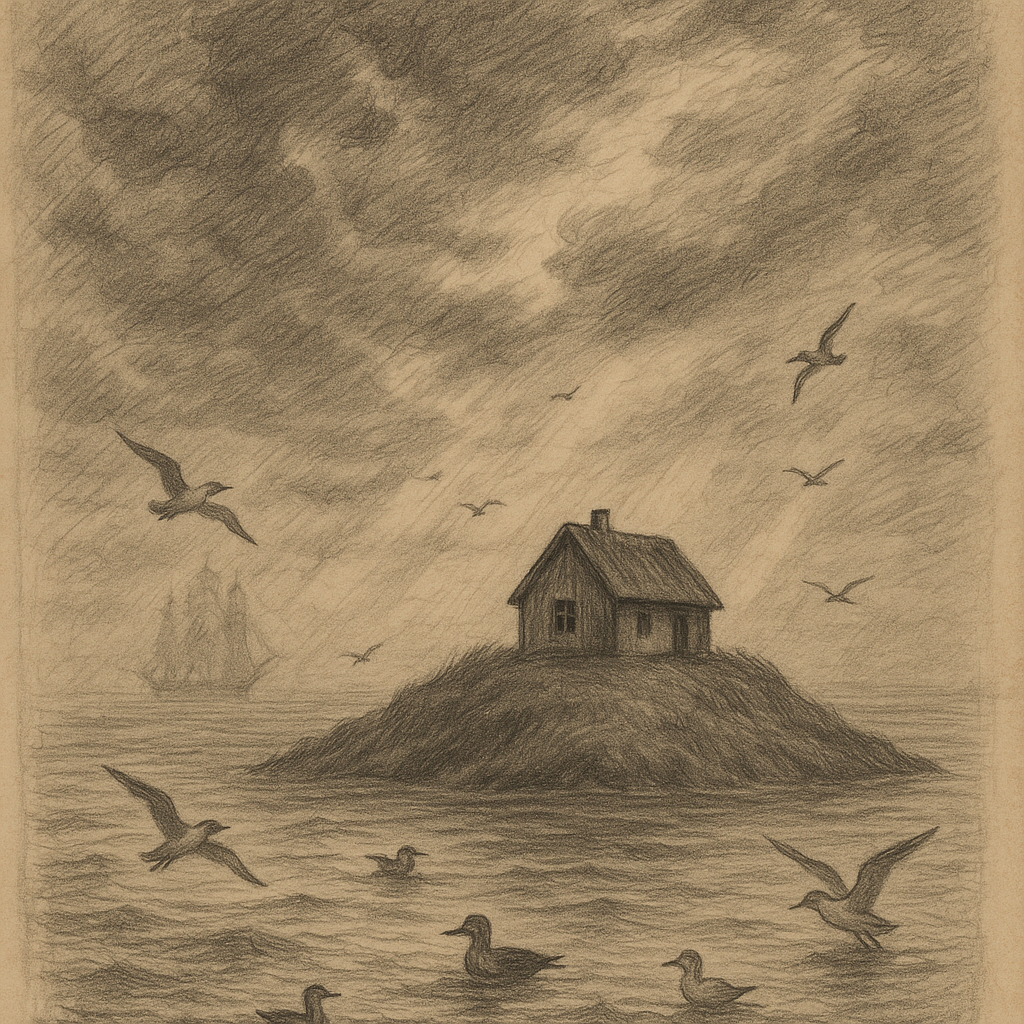Kapingamarangi Island: A Remote Gem of Micronesia
Kapingamarangi Island is one of the most remote and unique atolls in the Pacific Ocean, offering an extraordinary blend of cultural richness, natural beauty, and historical mystique. Located in the southernmost part of the Federated States of Micronesia, this tiny island is part of Pohnpei State, yet it lies almost 740 kilometers south of the main island of Pohnpei. This secluded paradise is a coral atoll with an intimate population and an identity deeply rooted in Polynesian heritage, making it a cultural outlier in the largely Micronesian region.
Geography and Location
Kapingamarangi is a classic coral atoll comprising around 33 islets that encircle a central lagoon. The entire atoll measures approximately 74 square kilometers, but only a fraction of that—just 1.1 square kilometers—is land area. Of these islets, only a few are regularly inhabited, specifically Touhou and Welua on the southwestern edge of the reef. The remaining islets are occasionally used for agriculture and fishing.
This remote atoll is the southernmost of the Caroline Islands and also one of the most isolated. The closest significant landmass is Nukuoro Atoll to the northwest and the Solomon Islands to the south. Due to its geographical isolation and the challenges related to transportation, access to Kapingamarangi is infrequent and often limited to occasional supply ships or private vessels.
Climate and Environment
Kapingamarangi enjoys a tropical rainforest climate, characterized by high humidity and an average annual temperature of around 28°C (82°F). Rainfall is abundant throughout the year, with an annual average of over 3,000 mm. This consistent precipitation supports the lush vegetation and traditional subsistence farming that sustains its small population.
The entire ecosystem of the atoll is delicate. Coconut palms dominate the landscape along with breadfruit, taro, and pandanus trees. The surrounding coral reef is rich in marine biodiversity, home to a variety of fish, mollusks, and crustaceans. The lagoon provides not only food but also a crucial aspect of cultural identity for the islanders, who rely on traditional fishing practices handed down over generations.
Culture and People
Perhaps the most remarkable aspect of Kapingamarangi is its cultural identity. Though geographically located in Micronesia, the inhabitants are ethnically Polynesian and speak a Polynesian language—Kapingamarangi, which is closely related to other Polynesian outlier languages. This makes the atoll one of those rare “Polynesian outliers”, communities found outside the central Polynesian Triangle (Hawaiʻi, New Zealand, Easter Island), yet sharing the same linguistic and cultural heritage.
The population, which fluctuates between 300 and 500 people, lives a lifestyle rooted in communal values and tightly-knit kinship systems. Social structure is centered around extended families and community collaboration. Traditional navigation, canoe building, and storytelling are vital cultural components, preserving the wisdom of ancestors in an oral tradition that continues to shape daily life.
Points of Interest and Notable Features
Despite its small size and isolation, Kapingamarangi boasts a number of fascinating features:
– The central lagoon is crystal-clear and abundant in marine life, serving both economic and symbolic roles in the community.
– Canoe building is an important practice on the island. Local craftsmen still produce wooden sailing canoes using traditional Polynesian designs, a tribute to their voyaging ancestors.
– The island’s subsistence lifestyle is nearly self-sufficient, with coconut, breadfruit, and fish serving as dietary staples.
– Kapingamarangi is one of only two atolls in Micronesia where inhabitants identify as ethnically Polynesian, providing a unique social and anthropological lens into Pacific migration.
Myths and Legends
As with many Pacific islands, Kapingamarangi is rich in oral legends that explain the origin of the island and its people. One popular legend tells of the first voyagers who arrived here from Samoa or Tonga, guided by the stars and ocean swells. It is said that the island was discovered by a great navigator named Tapuari, whose canoe was damaged in a storm and found shelter in the protected waters of the lagoon.
Another tale tells of the “spirit guardians” of the reef who must be appeased before undertaking any deep-sea fishing expeditions. Before embarking, fishermen chant sacred invocations passed down through generations to ask for safe passage and bountiful catches. These rituals form an essential component of community life and serve as a living connection to the mythological past.
Conservation and Challenges
Kapingamarangi faces numerous modern challenges, including the twin threats of climate change and sea-level rise. As a low-lying coral atoll, it is especially vulnerable to erosion and saltwater intrusion, which threaten agriculture and freshwater supplies. Efforts are being made at the state and national levels to assess environmental impacts and develop sustainable strategies to preserve the island’s way of life.
Transport and communication remain difficult due to the atoll’s isolation. Access to healthcare, education, and supplies depends heavily on governmental support and infrequent deliveries. Nevertheless, the islanders demonstrate remarkable resilience and adaptability in the face of these challenges.
Conclusion
Kapingamarangi Island is more than just a geographical point on the map; it is a living museum of Polynesian resilience, culture, and tradition surrounded by breathtaking natural beauty. From its vibrant lagoon and ancestral canoes to its oral legends and tight-knit community, the atoll is a testament to the enduring spirit of oceanic peoples. While modern challenges loom large, the people of Kapingamarangi continue to preserve their unique identity and way of life, offering a rare glimpse into a world both ancient and enduring.



